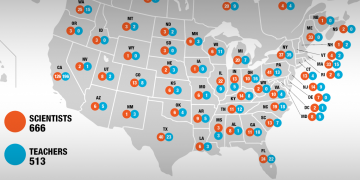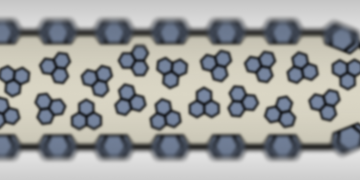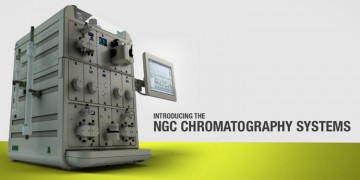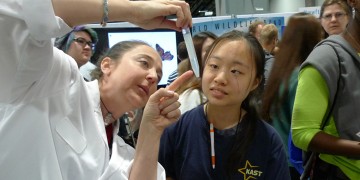
Cross-Reactivity of Bio-Plex Pro™ Human Cancer Biomarker Assays to Mouse Proteins

Investigating Cancer Stem Cells with the S3™ Cell Sorter

Discovery Days at World Series HQ, Mini Makers, and More: The Bio-Rad Science Ambassador Program in 2014 and Beyond

Top Stories of 2014 — Bioradiations Year in Review

Ebola: New Techniques for Diagnosis, Treatment, and Prevention

The Brain’s GPS — Unraveling the Functioning of Our Navigation System

Protecting Coastal Ecosystems with Droplet Digital™ PCR

NGC System Tour and Configurator

Bio-Rad Science Ambassador Program Reaches New Age Groups, More Schools


